Leica Summilux M 50mm f/1.4 Lens Photography
Introduction
Technology moves on, what used to be the rule is replaced over time with a new one. This, of course, is the nature of advancement. I have seen it through the evolution of car designs from carbureted to fuel injections systems. Similarly, I have witnessed pre-aspherical lenses like the Leica Summilux M 50mm f/1.4 lens replaced with aspherical ones like Leica Summilux M 50mm f/1.4 lens while the lens technology has evolved by leaps and bounds in incorporating as many computerized processes which remove human involvement.
I understand the reasoning behind all the improvements, yet I also know that what has been an older technology has its advantages. For example, I have had friends of mine with their state of the art fuel injected motorcycle stranded at the side of the road because its battery was drained. What he learned quickly is that fuel injection systems don’t work without batteries. I, on the other hand, could jump-start even when my batteries were dead. As someone who understands the mechanics of engines, I could fix most of my bike issues with the use of simple tools because my motorcycle is from 1997, the last period of Harley Davidson’s carburated motorcycles.
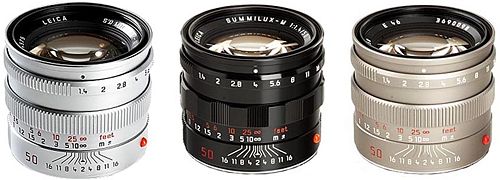
The purpose of this short story is to point out that technological improvements have limitations and sometimes older ones work better in certain situations. It is perhaps, for this reason, I still use pre-aspherical Leica lenses in my work and leisure photography. They perform perfectly and capture unique images that convey a sense of timeless qualities.
One of the gems in my lens collection is Leica Summilux Millenium Anniversary edition Leica Summilux M 50mm f/1.4 Pre ASPH lens. I love this lens because it carries the spirit of what made Leica lenses legendary back in the 1960s and 70s.
Leica Summilux M 50mm f/1.4 Pre ASPH lens like so many of the legendary lenses like Noctilux was designed by Dr.Walter Mandler. I chose this lens because I wanted to capture images from a church that had some timeless religious objects. Due to the particular characteristics of a non-aspherical lens, I felt that a Leica Summilux M 50mm f/1.4 Pre ASPH lens could serve as a tool to tell the nostalgic story of this church.
To clarify the purpose of this article, I wanted to highlight the interplay of strong shadows with a single light source from the church windows in this photography project where a particular look would be best captured with the correct choice of a lens.
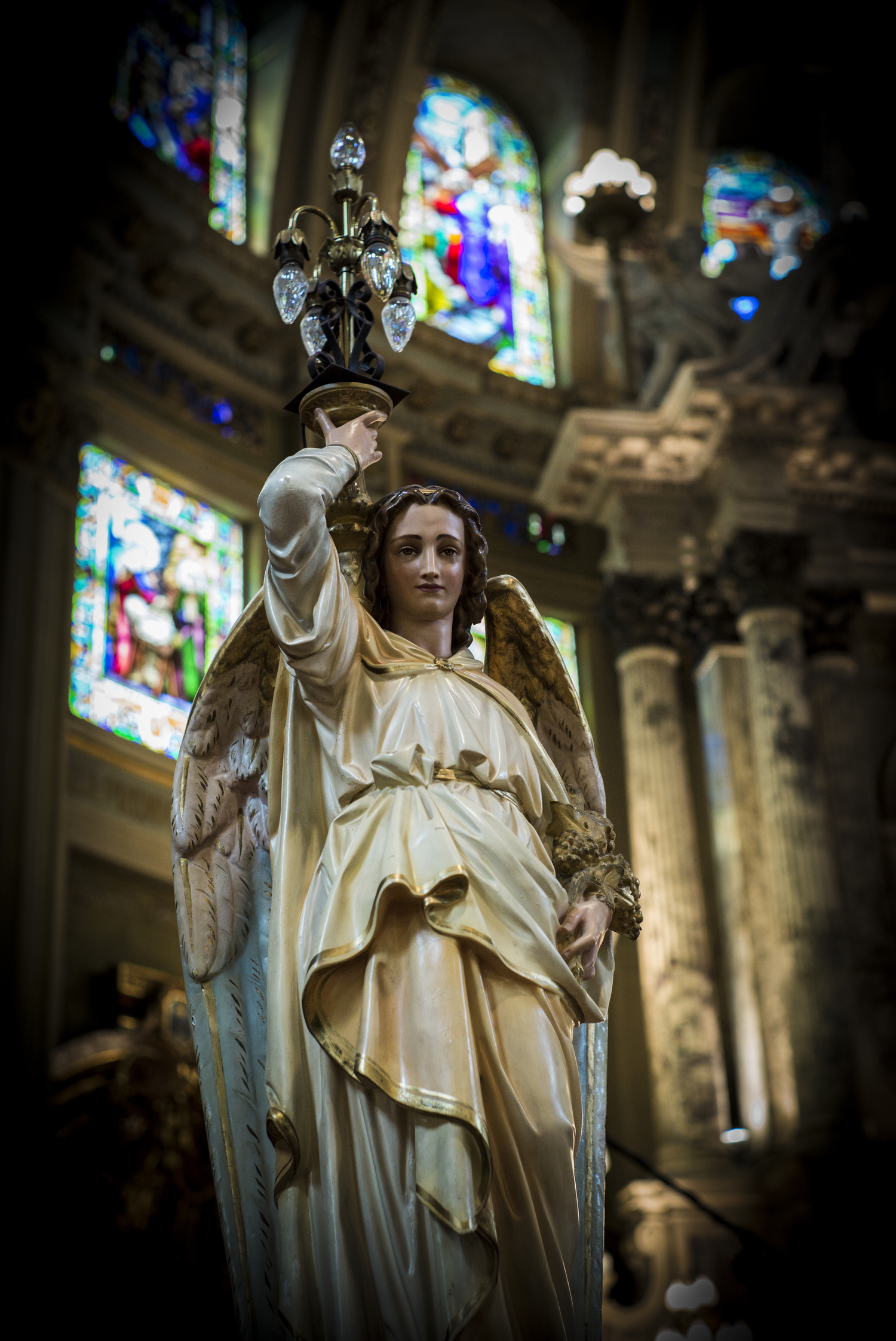
Understanding Interiors
Churches usually have lights coming in through windows which often result in blown out areas in photographs if the camera is pointed towards these light sources. Similarly, if the objects are placed too close to these light sources less than ideal images are captured. The main reason for this phenomenon is the fact that in these circumstances the light source is concentrated on a single point which does not necessarily cast an even light over the subject matter. Most often when the light source is behind the object it does not illuminate the front side which results in a silhouette.
In this article, I wanted to touch upon how to tackle this issue while discussing the use of Leica Summilux M 50mm f/1.4 Pre ASPH lens. As I mentioned earlier, I chose a pre-aspherical lens because churches often carry centuries of history which would probably be best photographed through a more “timeless” way or one that tends to cast a sense of nostalgia to the photographs. In my opinion, Leica Summilux M 50mm f/1.4 Pre ASPH lens is an ideal choice for this kind of task because not only it is a fast lens that can deal with low light situations but also it sharp to convey the nuances of the subject matter.
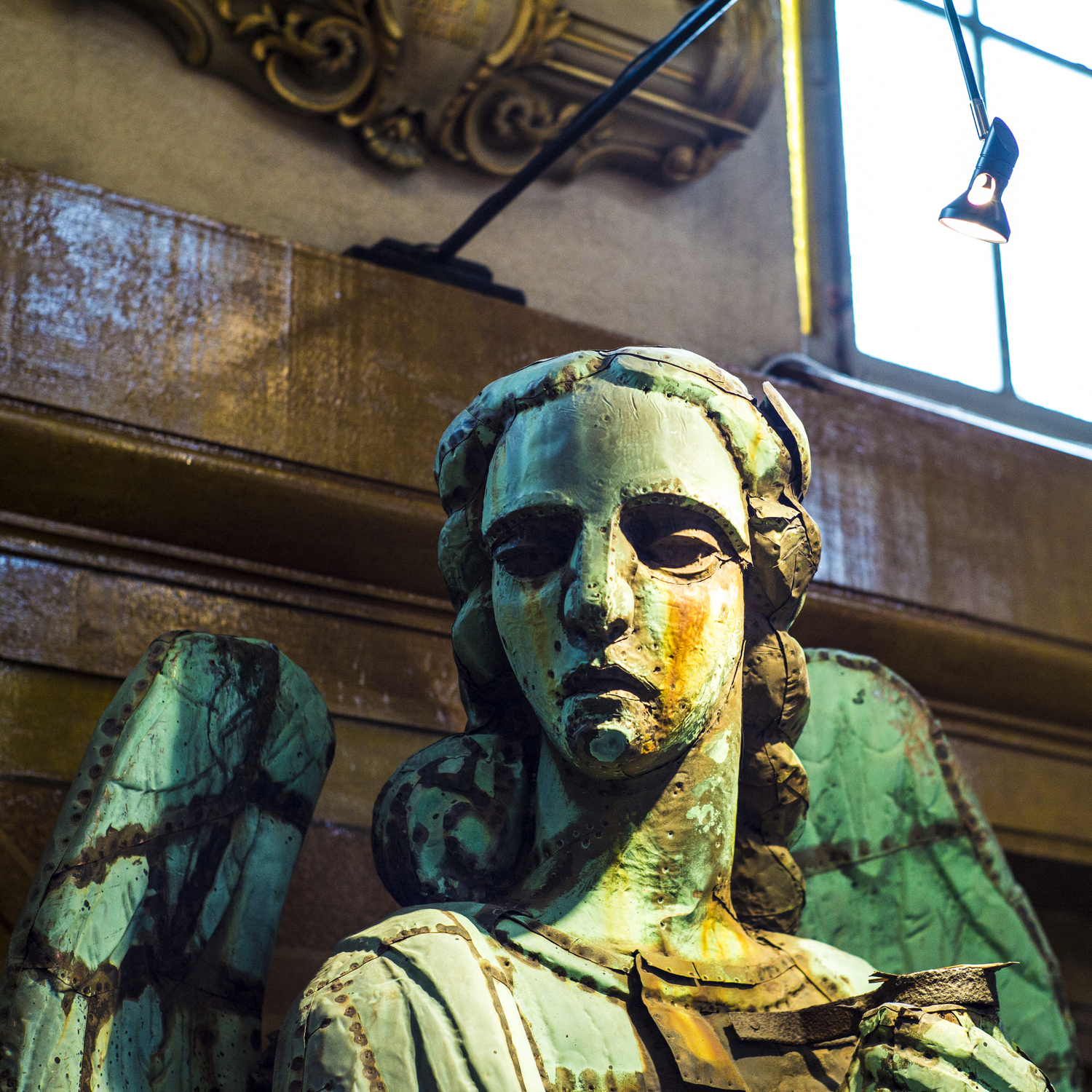
Before I go on any further, I would also like to mention why I did not choose a wide angle lens. Generally, in large spaces wide angle lenses allow photographers to capture a significant amount of detail in an image, but here, I wanted to highlight the characteristics of the objects in the church. Of course, this comes at a price because objects that are closer to the lens causing a certain amount of distortion. While the spacial arrangement of the space must be set aside for the benefit of reflecting an accurate rendition of the object that is being photographed.
My aim was not to do an architectural or spatial photography of the interior, in this case, the use of a wide-angle lens would serve no useful purpose. This church had objects that I wanted to capture with precision using only available light in the space. This is why the focal length of 50mm with an aperture opening of f/1.4 was the ideal choice.

Getting back to photographing in interior spaces, one of the arrangement styles that is most often used in churches is where religious icons are placed along the walls of the church. This way the worshippers can walk along the side aisles to pray or donate. In Catholic churches especially will have the saints placed along the walls so that the worshipper can choose to pray to a particular saint depending on the context of the requests. This particular church had this type of a layout which meant that I had to deal with strong light sources that resulted in silhouettes of objects.
One of the questions, I always ask myself while photographing is what my aim is when I am composing a photograph. Here my aim was to capture each object within the context of its space that its placement within the interior of the church. Secondly, I wanted to highlight the unique characteristic of each artifact without losing its significance in the spatial arrangement within the church. This, I mention because these objects could have been in a pawn shop as well which would have defeated the purpose of photographing them in a particular setting. Therefore, the only way to put these objects in the right context would be to include some perspective in which they are placed.
Rendition of Space in Photography
Then the question becomes how much of the surrounding should be included to convey the idea or achieve the desired result. Basically, my rule of thumb is to omit as much of the “unnecessary” details from the background to bring the focus on to the object.
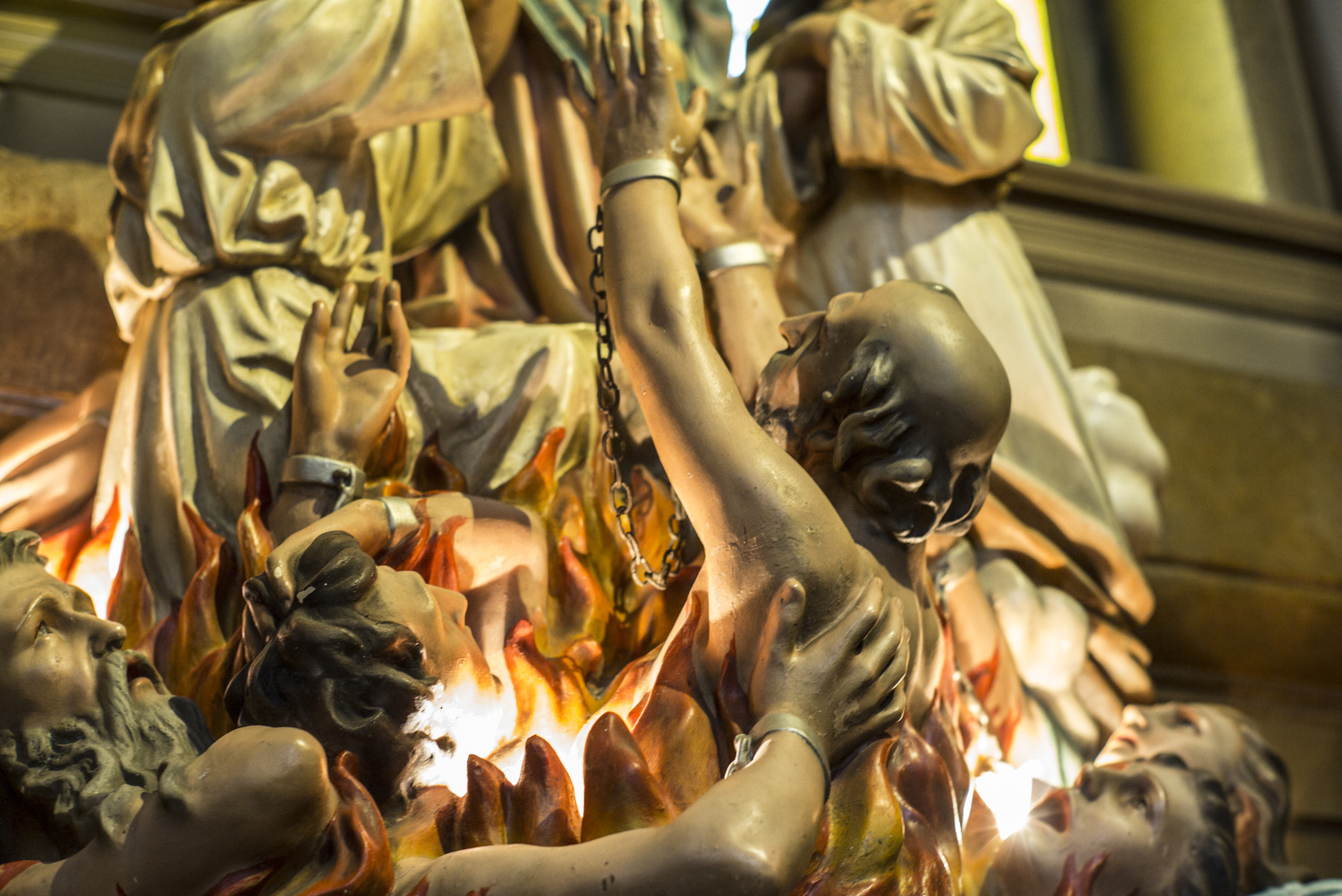
As you examine these photographs you will see that I have edited them (in Adobe Lightroom) to create a more effective way of telling their stories. You can easily see that some of the photographs incorporated heavy vignetting which was particularly enhanced to convey a sense of appeal to the photographs.
While the lens manufacturers attempt to combat vignetting to the best of their engineering know-how to attain “better” photographic results, I feel that vignetting can work to better isolate subjects in photography. So, my suggestion to anyone who wants to improve their photography is to use what works to get better results rather than follow conventional beliefs.
Factor of Timeless Quality
One of the other important details you will notice in these photographs is that they are “timeless” as in photographs from another era. By that I mean, they don’t indicate a period of time but a general sense that these are photographs rather than images captured with a smartphone.
This is particularly important if you are aiming to make this part of the story in your photography. For example, if you are photographing an old wine cellar, hand craftsmen working with old tools, photographs that have “timeless” quality can better tell their stories. It is for this reasons lenses like the Leica Summilux M 50mm f/1.4 Pre ASPH lens fulfill a very important purpose of eliminating that clinical look that most modern lenses have when they are used for this type of photography.
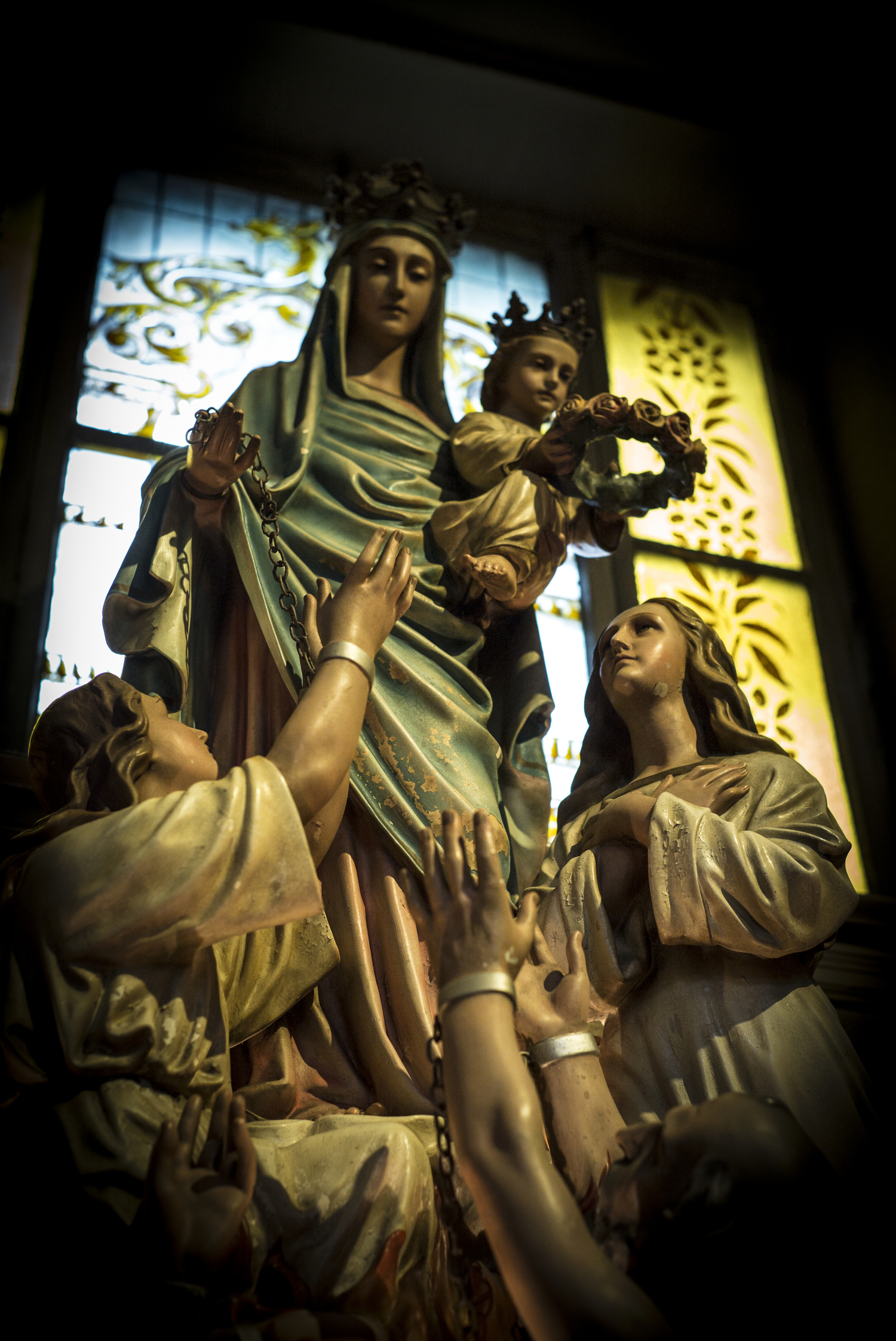
In this particular situation, Leica Summilux M 50mm f/1.4 Pre ASPH lens has an older “look” creating a more film-like appearance in the photographs. As I teach in my photography workshops, choosing the right lens for the purpose is the key to achieving excellent results.
It is for this reason; I always encourage those who attend my workshops photography to take the first step in becoming a better photographer by first deciding on the best lens for the goal in mind. This is an unorthodox approach to teaching photography skills as most photography classes, and seminars will only concentrate on conventional photography techniques and principles while ignoring one of the most critical part of any photography project which should always begin with correct lens selection.
My advice to any photographer who wants to better his/her skills as a photographer is to first experiment and understand each lens they own and know their limitations. What you will discover soon as most of my photography students have done is that through a correct blend of experiments they can discover more about what makes great photographs while discovering their own style as photographers.

Setting A Photography Goal
If you look at the way the objects are photographed, you will see that details make them come alive. One way to make these details more noticeable is to frame the photograph just right to capture the essence of their unique qualities. For example, the worshippers praying was one that had a unique quality which made the endless struggles of humanity between heaven and hell be told through photography.
Whenever I am asked about how someone can improve their photography, my response is to ask yourself what is the story that the subject you are photographing is looking to tell. I firmly believe that photographers are storytellers, but we use images to tell stories rather than words. This is where the art of photography emerges, and the photographer must be talented and experienced enough to make emotionally impactful images.
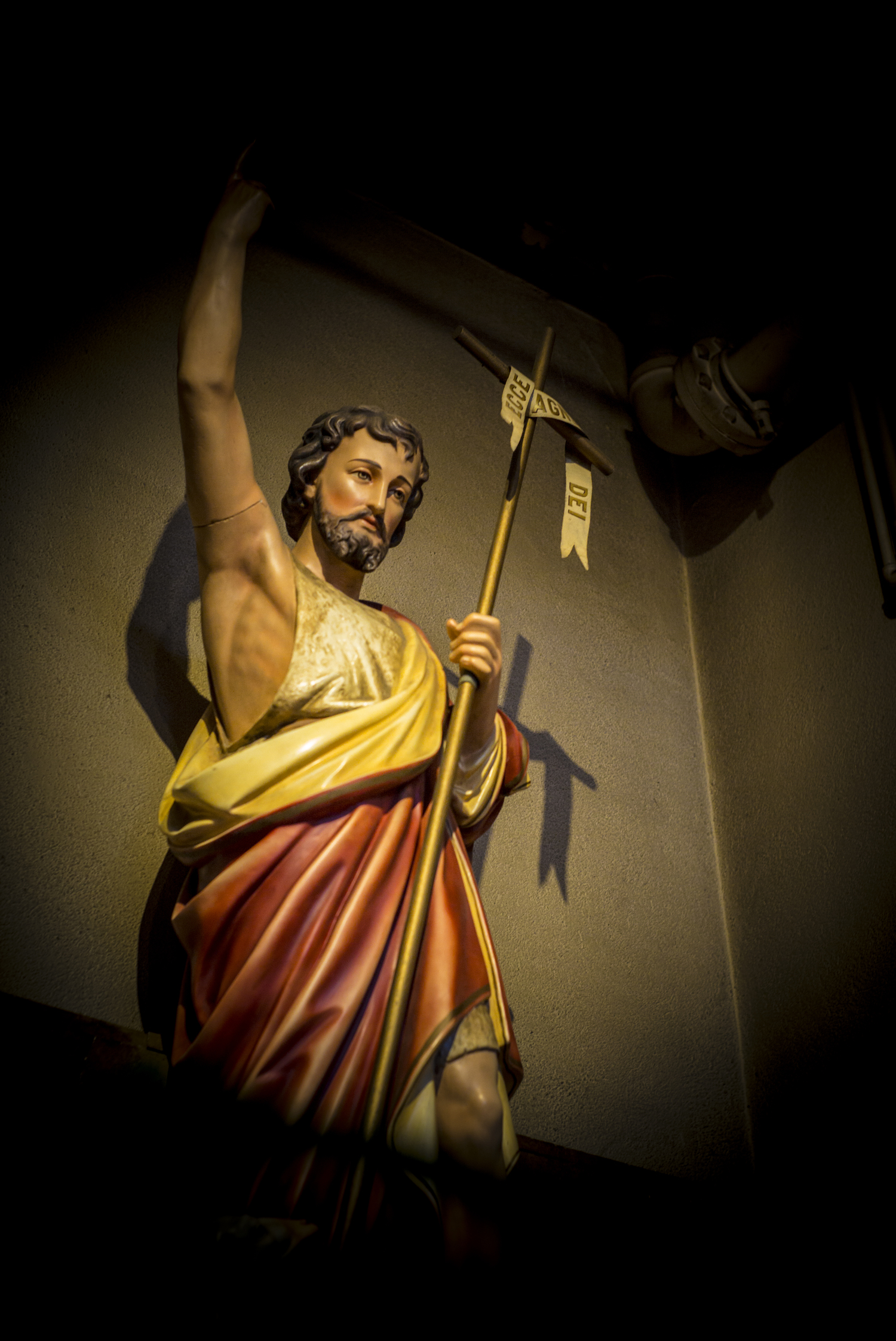
One great way to tell a story through photography is to use monochrome images because omitting colors sometimes make a stronger visual impact. This is particularly true if the context of the story involves strong human emotions, for example, birth, death, war, funerals are some examples.
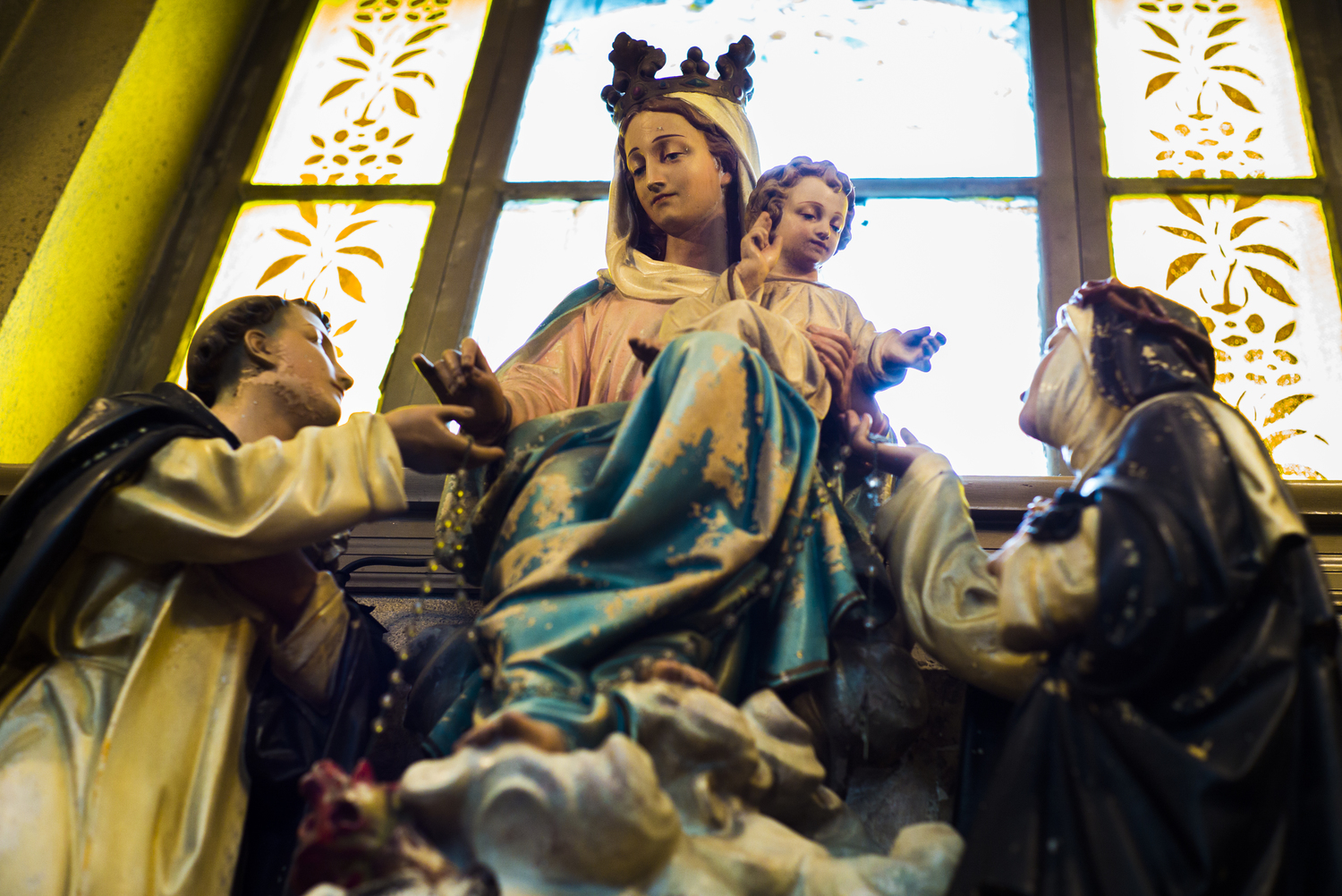
If you look at the history of photography, monochrome images marking such human struggles and emotions have been etched in our minds because colors do not add but take away from their stories. For this reason, I have included some photographs in this article to demonstrate how black and white images can add more to a story.
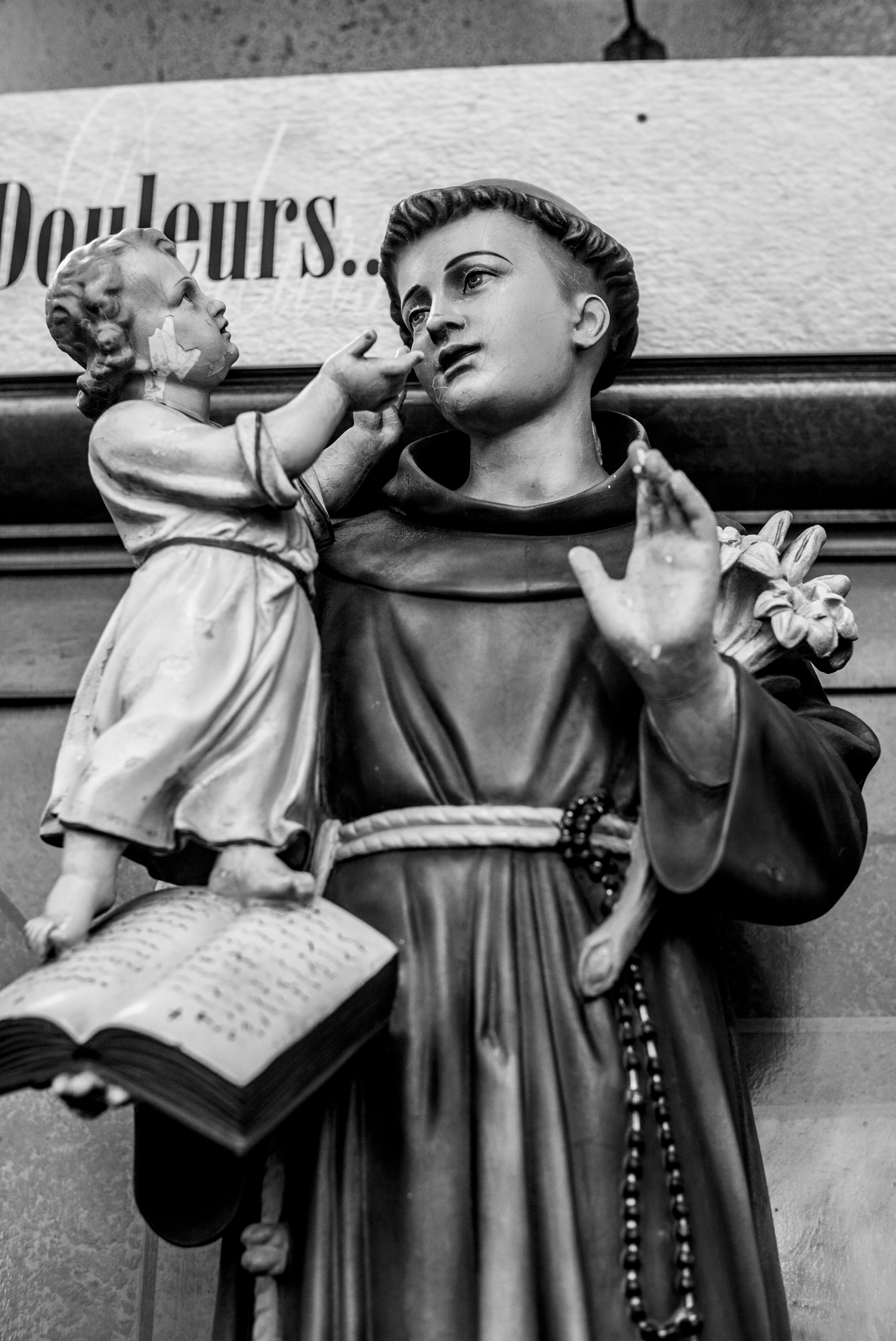
Naturally, when we photograph in less than ideal situations, there are challenges like which angle would be best to capture the spirit of the story becomes significant. Here, I have used details where the green marks direct contract against rusted bolts. If you look carefully, the attempt is to bring the attention to these points and using a contrast helps to better high light these details.
I also want to mention the use of thirds. This is often mentioned in photography classes and seminars but never fully utilized concerning images that are closer shots. My suggestion is to concentrate on balancing the image rather than applying direct rules.
What makes the photograph aesthetically pleasing?
Is there a good balance between light and dark?
Background and foreground?
Subjects positions with respect to other elements?
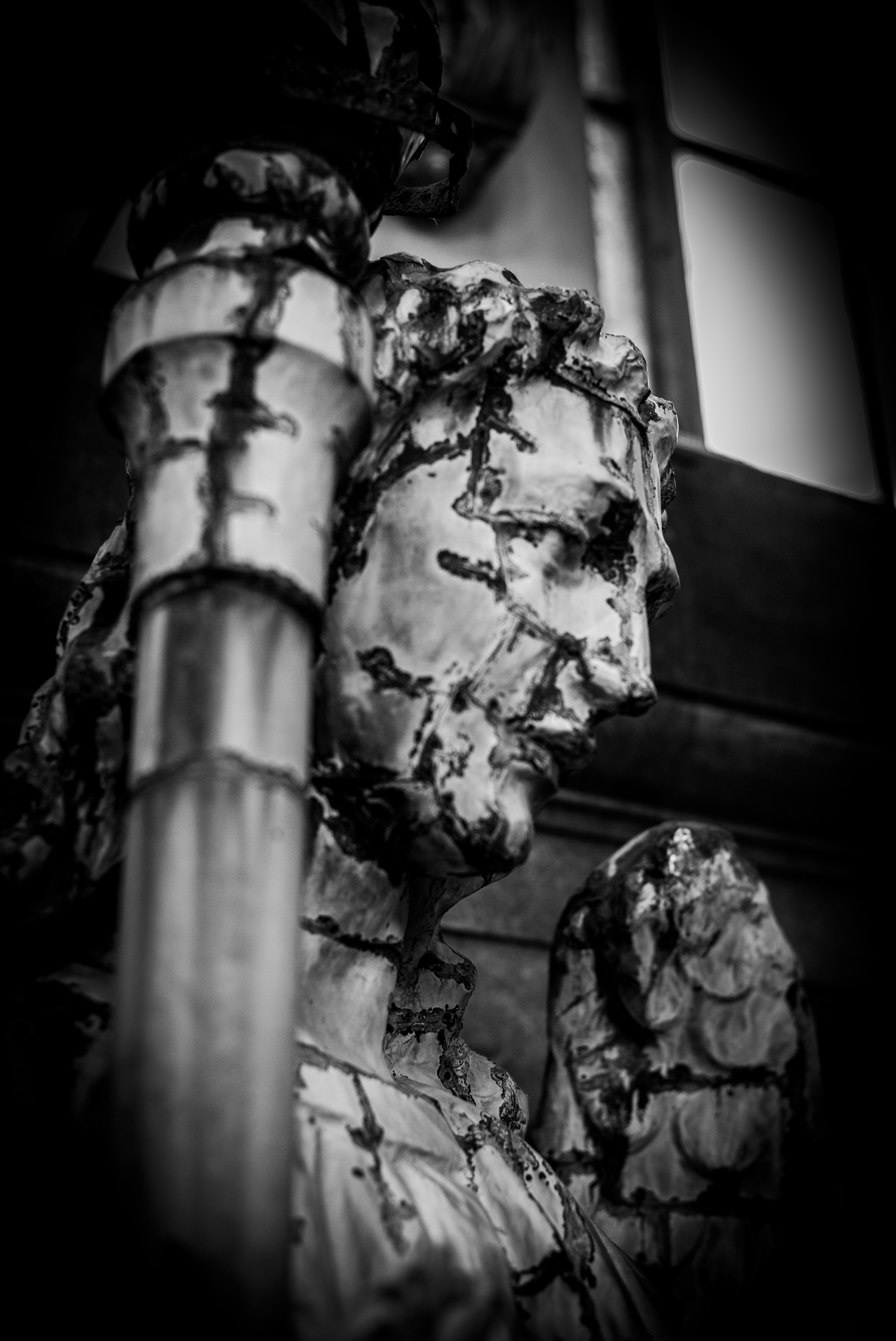
As one gets better and better in photography, the answers to these questions become second nature, everything is answered instantaneously, but until that point when we have placed a good number of years in actively conscious photography, the practice of checking these points must be used.
Leica 50mm Summilux is one fantastic lens because it is at the service of the photographer rather than electronic chips that make all the decisions for the photographer. This again goes back to the pros and cons of using technology. Leica has done what others have not done, they have stuck to the principle that photographer rather than the camera is the one who is taking the picture. So, dialing the focus and setting the aperture is done manually as was done during the golden age of photography.
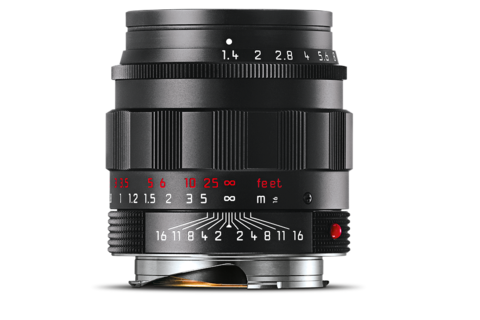
A Lesson to Take Home
To better understand Leica lenses, particularly non-aspherical lenses like the Leica Summilux M 50mm f/1.4 Pre ASPH lens, I recommend that they experiment with a variety of different lenses and focal lengths to master the way each lens renders images. This is the foundation of understanding the photography principles.
Personally, I could make work faster shooting 12 frames a second or using dedicated autofocus which is available in just about almost all cameras today. But, I choose to use a more conscious way of photographing, setting the aperture and then manually focusing for the subject.
I am using my intuition and experience in creating and composing a photograph. The exercise that I have my photography workshop attendees do are about getting to that level of awareness where one creates a photograph through their intuition and experience, in essence conveying their style of photography. Furthermore, as far as lenses are concerned I know no other lens manufacturer that allows photographers to capture true to life colors than Leica. Thank goodness that Leica gives us the best tools to be storytellers.
Furthermore, as far as lenses are concerned, I know no other lens manufacturer like Leica camera that allows photographers to capture life’s special moments through the emphasis on adhering to the bare essentials of photographic equipment. Thank goodness that Leica camera gives us the best tools to be storytellers instead of cameras that think for us.

Here is a list of the Leica camera and lenses mentioned in this article. You can visit these links to get the best prices and deals on Leica cameras and lenses.
Leica Summilux-M 50mm f/1.4 ASPH. Lens (Black-Chrome Edition)
Leica Summilux M 50mm f/1.4 Pre ASPH lens
Leica Summilux 50mm f/1.4 lens
Leica Noctilux-M 50mm f/0.95 ASPH. Lens (Silver) (NEW)
Leica Noctilux-M 50mm f/0.95 ASPH. Lens (Black) (NEW)
Leica Noctilux-M 50mm f/0.95 ASPH. Lens (USED)
Leica Noctilux-M 50mm f/1.0 Lens (USED)
I hope you have enjoyed this article about using Leica pre-aspherical lenses for better results. If you have any questions please write to us and help us keep this website running through your contributions.
Thank you
OZ YILMAZ
Leica Review Team
PLEASE HELP US TO KEEP LEICA REVIEW INDEPENDENT BY MAKING A SMALL DONATION. YOU CAN CLICK LINK BELOW TO MAKE A DONATION.
